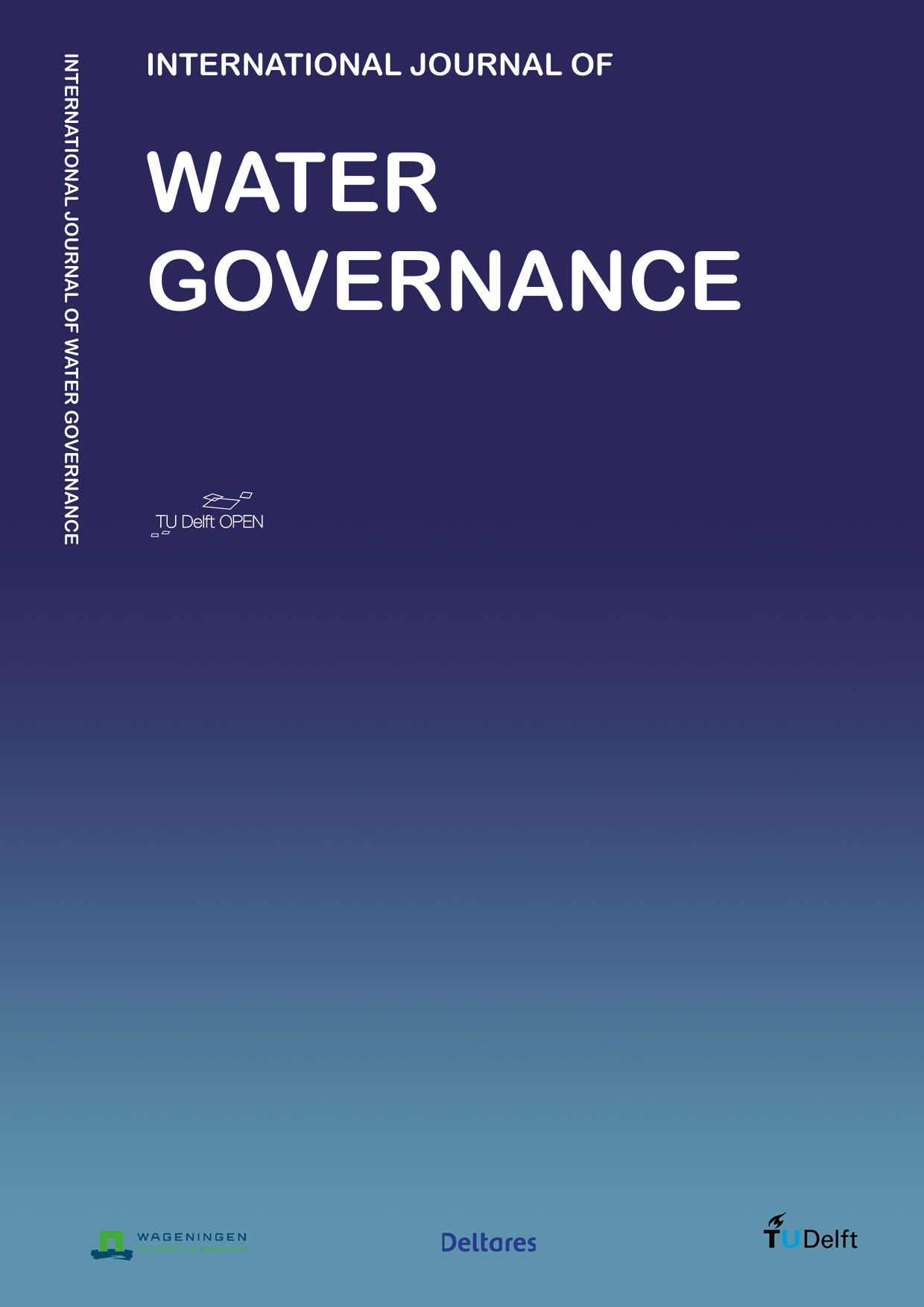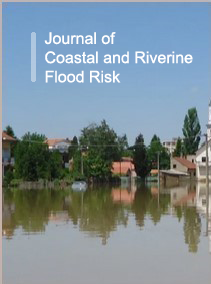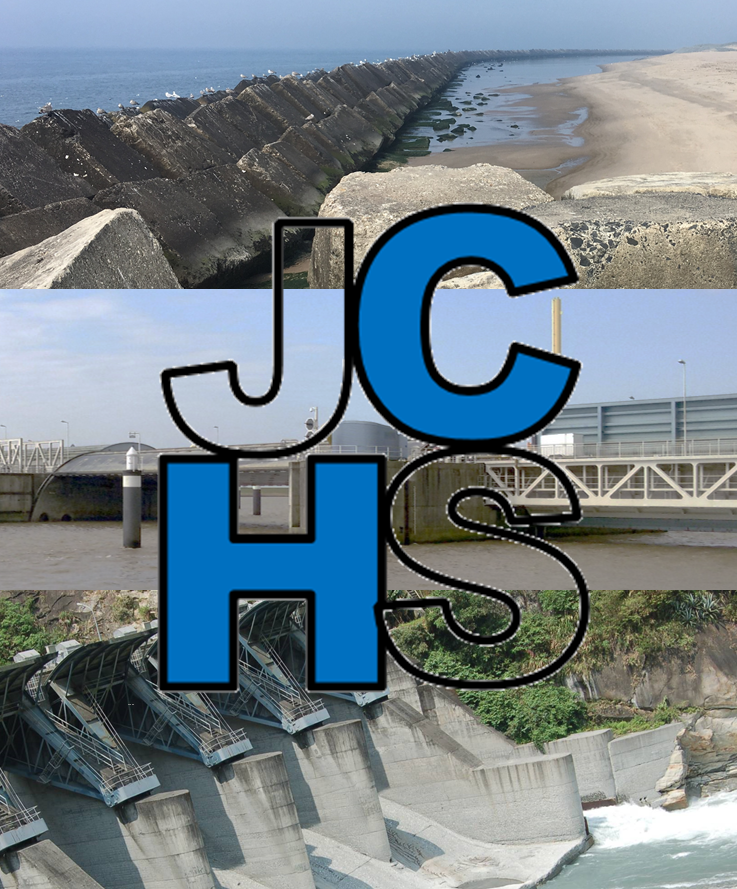Building with Nature as Integrated Delta Management
Hooimeijer, F., & Lambert, D. (2021). Building with Nature: A nineteenth century concept. Journal of Delta Urbanism, (2), 24–47. DOI: 10.48438/jdu.2.2021.6223
The concept of “Building with Nature” refers to a harmonious way of creating environments for new living, working and recreation spaces with respect to nature. It also builds resilience to natural events such as storm surges and thus involves the design of infrastructure. This is done with the intention of ensuring the preservation or expansion of environmental and ecological resources, nature, and landscape. Moreover, it considers climate change and sea level rise as well as more frequent and intense storms, resulting in floods and land subsidence. The concept of Building with Nature is strongly connected to an industrialized society. Before the Industrial Revolution, technological advances and engineering, people were forced to live and work according to the rules of nature. This paper seeks to discover what we can learn from 19th century concepts on Building with Nature that are rooted in the pre-industrial era. The paper explores the history of the science of soil and water, in deltaic regions and focuses on the United States and the Netherlands during the nineteenth century. Within these contexts, two key historic figures are positioned, Joseph Raymond Thomassy and Willem Antonie Scholten. By reflecting on the communication between Thomassy and Scholten, the paradigm shift diverging from Building with Nature is exposed and takes on a new and compelling meaning of both an industrial approach and a natural solution to water management.
Vreugdenhil , H., & Slinger, J. (2023). Where space is created societal values are generated – the case of the Sand Engine: the case of the Sand Engine. International Journal of Water Governance, 10(1). DOI: 10.59490/ijwg.10.2023.6691
A large sandy peninsula and beach were realized in Dutch coastal waters in the Sand Engine pilot project. In addition to the benefits for flood protection, the Sand Engine generates multiple other societal values. It provides a new type of landscape of uncommon size along the Holland coast where nature, culture, history and the future can come together. In this paper we discuss the added value of the Sand Engine for culture and the arts, its iconic value, and the development of knowledge in diverse sciences most notably morphology, archeology and paleontology, as well as its educational function. Then we explore how different governance modes can influence how the added value is generated and what type of societal value arises. We distinguish four different governance modes related to the level of control exercised and the level of autonomous societal development allowed by project initiators and managers: directive, co-creational, facilitatory and observational. Different modes can co-exist and may change over time. For the Sand Engine we find that the knowledge development was highly directed, archeology and paleontology were facilitated, while an observational mode was employed towards arts and culture. This leads to the inference that when the physical and societal space is created, societal value-added initiatives emerge. However, such emergence depends on the societal and institutional context as this can act to constrain or enable the type of societal value generated and the extent to which it is realized. Finally, we suggest that applying a more pro-active governance mode to the Sand Engine even at this stage could lead to more diverse and inclusive societal value generation.
Mortensen, E., Tiggeloven, T., Haer, T., van Bemmel, B., Bouwman, A., Ligtvoet, W., & Ward, P. J. (2023). The Potential for Various Riverine Flood DRR Measures at the Global Scale. Journal of Coastal and Riverine Flood Risk , 1. DOI: 10.59490/jcrfr.2023.0003
Flooding events that occur on the Earth’s rivers annually cause large amounts of monetary and human impacts. These impacts are expected to increase through the end of the 21st century for various reasons. Decision makers must take action now and implement disaster risk reduction measures to avoid large increases to damages in the future. On the global scale, we model three disaster risk reduction measures – namely dykes and levees, dry-proofing, and zoning restrictions – and evaluate them in terms of their economic performance (via benefit-cost analysis) as well as their ability to achieve a predefined risk reduction target based on current relative levels of risk, referred here to as efficacy. We show that large decreases to future expected annual damages can be obtained if certain measures are implemented throughout various sub-national regions of the world, most notably in regions with high levels of projected population growth. We see that the two aforementioned evaluation metrics, when used to select a disaster risk reduction measure for implementation, result in different outcomes for three-fourths of the world’s sub-national regions, most often in East Asia and the Pacific as well as South Asia. In these instances, decision makers must choose what is more important – achieving a risk reduction target, or having investments pay-off in the long run, even if it requires a large amount of up-front capital. This opens the dialogue for incorporating other non-monetary values into the decision making process for disaster risk management, and also points to the potential of hybridising riverine adaptation measures to achieve multiple risk and societal objectives at once.
Alferink, M., Gijon Mancheno, A., Suzuki, T., & Reniers, A. (2023). Optimising the wave attenuation of bamboo fences using the numerical wave model SWASH. Journal of Coastal and Hydraulic Structures, 3. DOI: 10.48438/jchs.2023.0027
Mangroves protect tropical coastlines from flooding and erosion, reducing flood risks along coastal communities worldwide. Nevertheless, mangrove forests have experienced considerable losses due to activities like urbanization and aquaculture, exposing coastal areas to wave attack. To restore mangroves at eroding coastlines, structures formed by bamboo poles and a brushwood filling are used to shelter the coast from waves, and create a favourable habitat for mangrove colonization. However, these structures often lose their brushwood filling during storms, resulting in high maintenance costs. This study proposes a new type of design to reduce maintenance expenses, consisting of only vertical bamboo poles without a filling of brushwood. Structure designs are evaluated for a case study in Demak, Indonesia, using the numerical wave model SWASH to predict wave attenuation through the structures. Field measurements and WaveWatch III data are analyzed to obtain the design conditions for the structures in Demak. SWASH is validated against laboratory experiments, and applied to investigate the optimum number of rows and their optimum spacing (in the direction of wave propagation). The model shows that for a structure consisting of two rows of bamboo poles, the transmission rate Et/Ei decreases from 75% to 55% when the row spacing in the wave direction is increased from sx = 0.42 m to sx = 5.8 m. Larger spacings do not result in less transmission, and at least three rows are needed to have a transmission rate lower than 50 % - a common wave reduction target used in restoration efforts with structures. This study thus identifies potential strategies to maximize wave attenuation by bamboo structures, which can be used to reduce wave attack along muddy coasts without the need of a brushwood filling. Hereby, it provides an economically and user friendly alternative with respect to the previous brushwood structure designs, as it requires less material costs and maintenance. In addition, this study presents a new method to schematize these kind of structures in SWASH in an efficient way.



